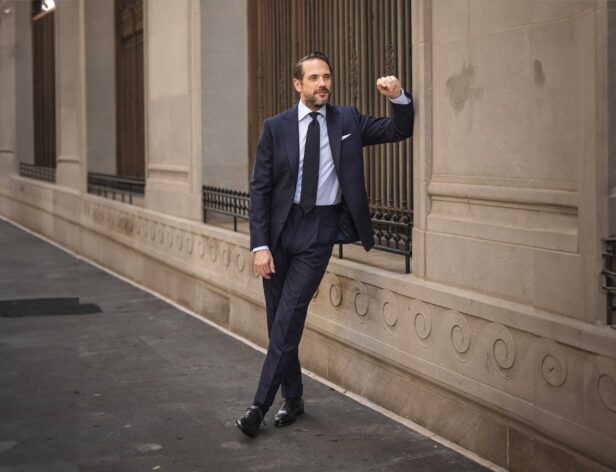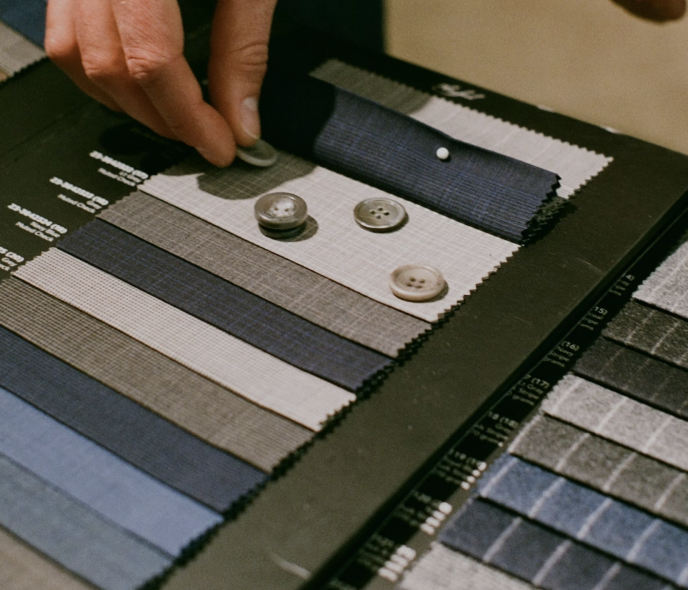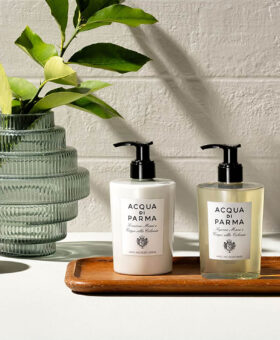

Share
Real talk about its true cost, problems, environmental impact, advantages and alternatives
Fast fashion is an uncomfortable subject and one that every fashion or style enthusiast must constantly face (or ignore) in his search for sartorial satisfaction.
In order to really have this discussion, I think it’s important to lay out what we’re really talking about here, as I think “fast fashion” has become a buzzword for a lot of things people hate about the fashion industry – not to mention mega-corporations, in general – but really refers to a much more specific aspect.
When we talk about fast fashion, what we’re really talking about is the scale of clothing production today in comparison to it’s usually very short life cycle, and the impact that has on the world we live in. Instead of really diving into an exposé on the fashion industry and educating everyone on all of its evils, I’d rather have a discussion on how that affects, or should affect, our buying habits.
The basic issues are threefold: economic, environmental and moral
Economically, the shift to mass-scale production has made it harder for smaller guys to survive, or even just get started in the first place. Environmentally, the scale is the biggest problem here, both in pollution, and in waste. Americans are buying something like 300-percent as much clothing as they were a decade ago, and most of that clothing ends up in a landfill someday. Morally, as companies seek ways to enter that mass-production landscape, they find themselves outsourcing to countries where labor laws are less strict and opportunities for improprieties are more abundant and harder to catch.
So let’s get down to it. First, when you put it all in the context that we’re talking about, I think that people will be surprised or reluctant to realize that they’re not really talking about issues solely related to or caused by the usual suspects – Walmart, of course, along with Forever21, Urban Outfitters, H&M, et. al. – but rather the fashion industry as a whole, and that means high designers and local brands as well.
Sure, there are some issues that are far more entrenched in those high street, mass-production brands. They’re far more likely to be made in a third-world country. They’re far more likely to be ripping designs from struggling artists. And they have the resources to all of those things at a pace that causes an impact that a smaller brand just doesn’t.
Fast fashion issues touch every aspect of the entire fashion industry
That said, the issues of fast fashion touch pretty much every aspect of the fashion industry – even your favorite local brands and do-gooders can’t avoid them. And here’s where the lines get blurry, because it’s not just as simple as buying more expensive, higher quality clothing.
There’s a decent chance your $100 designer tee is made at the same factory as that $15 one from H&M. Sure, the material may be nicer, and the attention to detail higher, but the working conditions and wages of the people making it may very well be the exact same.
It doesn’t really matter at all where you’re buying from, if that new piece of clothing means that an old one (or even that same piece down the line) ends up in a landfill. Simply by buying new at all, you’re contributing to the problem.
All this makes it just that much harder to find a way out of the fast fashion conundrum.
Is there an upside or advantage to fast fashion?
To make things even harder, I have to say that I really do get the appeal of purchasing fast fashion. I’m a guy who loves fashion, even in a way some of our readers might not, in that I actually love the new trends. I love the way things change. As much as I love a classic suit and know all about how a pair of trousers should fit, I am lucky to work in a field with practically no dress requirements, and I love to express myself through my clothing in (sometimes) weird and fun ways. And I indulge in that – when dress joggers became a thing, I wanted a pair! When those went out and slouchy tapered trousers came in, I wanted those!
Without fast fashion those trends probably would never have become so widely popularized. But more significantly, to me at least, the wide-scale production of fast fashion meant I could buy into those trends, experiment and decide if something was my thing without spending an arm and a leg or committing my whole wardrobe to the endeavor.
That isn’t to say that I don’t value buying more long-term investment pieces, but not everything you buy can be that pair of leather boots that you’ll own until you die. And having a mentality that everything should be bought that way actually leads to a lot of folks spending way too much money on something that will last forever, but that you might only want to wear for a season or two.
So what is one to do about this whole mess? What are the alternatives?
To be honest, the only real way to avoid being part of the problem at all is to never buy new clothing again. Buy second-hand, buy vintage, that’s it. Even making your own clothing doesn’t quite cut it, unless you’re also raising sheep and producing your own wool or growing your own cotton. And yes, there are people out there who buy into a system like that, and all the more power to them, but let’s be honest – that just isn’t me and probably isn’t most of you either.
More reasonably, then, what can you do?
First, you can buy into that utopian system. Even in just small ways. Buy used when you can. Sell or donate your old clothing. Make sure the chain doesn’t start and stop with the big box store and your closet.
Second, be aware. Know about the brands you purchase – where they’re made, how they’re made, if they have initiatives to combat or compensate for their impact. A few quick plugs – Everlane is incredibly transparent about their factories, which I love. Levi’s has pioneered some recycling programs as well as some waterless processes for clothing production. I’m sure there are others. And then factor that knowledge into each buying decision you make.
A lot of it comes down to inconvenient bargaining. Is it more important to you that your garments are made locally by highly paid artisans, or that they’re made at a state of the art factory that has eliminated a lot of waste and pollution that a smaller operation doesn’t have the resources to address? Even if you end up back at that fast fashion retailer, at least you aren’t going in blind.
Finally, you can have some impact without changing your buying habits at all. Be politically active! Call Senators and Representatives in support of legislation that raises minimum wages, that tightens scrutiny on factory conditions, that encourages recycling and responsible manufacturing. Make it clear that these solutions are just as important to you as looking fly as hell when you walk out the door.
In the end, I think it’s important to find a balance. To be aware of the part you play, but also to be aware that there are evils in the world that are just unavoidable from a practical stance. In the same way that gas pollution is bad, but it’s impractical for most of us to never ride a gas powered vehicle again, it’s also impractical to ask everyone to never buy new clothing again.
Before you go buy that brand new t-shirt or pair of jeans, check the thrift store, check eBay. Before you spend your savings on that grail piece at Barney’s check Grailed, ask a reddit fashion forum if there’s a place to find it second-hand. But if that fails, and you still need that t-shirt or jeans, or, fuck it, just really want that CdG jacket you’ve been saving for, I don’t think you should feel like you’re failing the earth and humankind by making a purchase.
So what do you think? How do you approach the dilemma of fast fashion?
Thanks for reading.
Stylishly Yours,
Adam Lehman
He Spoke Style
Featured image via Getty Images.




































